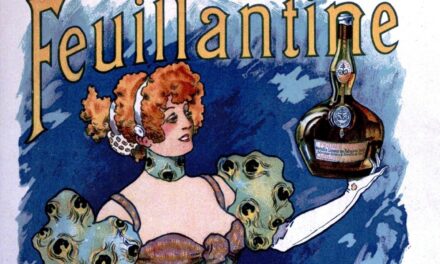If you’ve seen it, you definitely already have an opinion.
‘Lamb’ is the latest folk-horror picture to emerge from the ever-growing and unstoppable production titan, A24. By and large, people did NOT like this film. I suppose that’s understandable; it’s bizarre, relatively slow, and seemingly nonsensical. I might be the only person I can name who didn’t hate this movie, and furthermore adored it.
The film follows the puzzling saga of María and Pétur, a married couple who operate a sheep farm somewhere deep in the gullet of the Icelandic mountains. Through some freak happenstance of existential mystery, they pull from the womb of one of their ewes a baby that is half human, half lamb.
Gross, right? Even worse, instead of drowning it in a trough of holy water or flat out shoving it back up the animal’s grisly canal like sensible people, they become attached and start raising it as their own.
Like a little hybrid human-lamb child, the movie appears grotesque and categorically unlovable, but I really did love it. When I recall watching it, I tenderly cradle the experience like I’m swaddling a baby while others who have seen it listen to me rant in confusion and disgust.
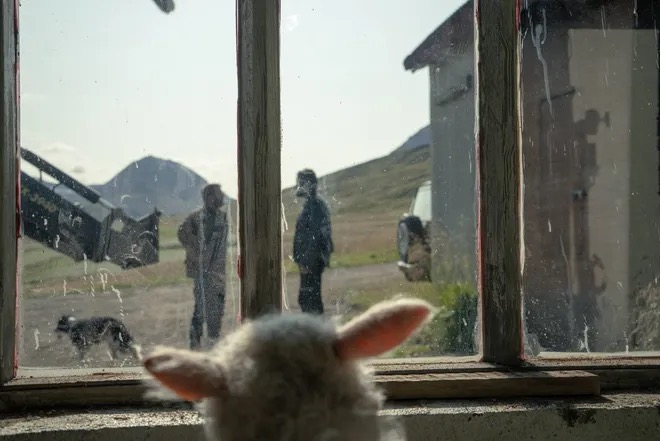
In a sense, ‘Lamb’ is sort of my own little Ada (that’s the thing’s name).
So let’s talk logistics. What worked so well?
Frames
A clever little tactic that the film employs right out of the gate.
The setting is vast and breathtakingly beautiful, but it’s often funneled through small, rectangular prisms – windows, door frames, pictures, etc. (in cinema, this is called a “frame within a frame”).
Why? Well, I’d imagine it has a lot to do with one of the story’s primary themes: that man is painstakingly trying to compartmentalize the boundlessness of nature into his own manageable little world.
There’s an even strike between wide, outdoor shots that capture the colossal majesty of the mountains and the moors and others that confine it to a small square. The inherent rhetoric suggests mankind’s attempt to control the primordial chaos of the world in its rawest form and shrink it down to a more comprehensible size (as we come to find out later on in the movie, he fails to do so miserably).
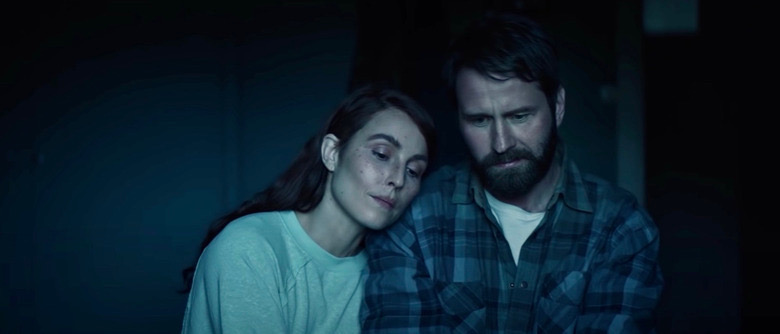
Human Animal
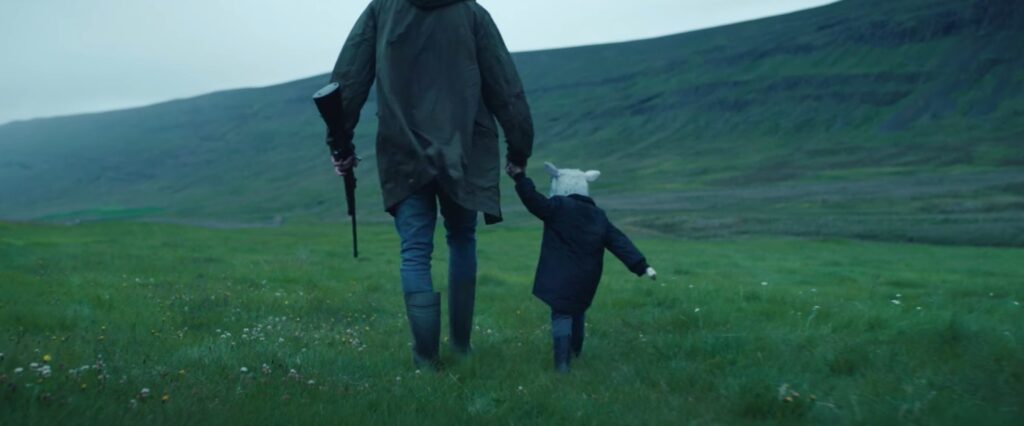
Picture this: twenty minutes in and nobody has said a fucking word. Just passive gestures, brief glances back and forth, and sheep. Lots of sheep.
No, I’m not talking about the time I lost my virginity.
I’m talking about the fact that the characters in ‘Lamb’ behave more like sheep than the actual sheep themselves. They go about their business in a somber state of dull monotony, barely speaking at all even after they’ve finally started using words. When Pétur and María do talk, it’s simplistic and predictable banter that serves its purpose and fizzles back into dead air quicker than it appeared.
As someone who loves writing dialogue, you’d think I’d have a big problem with this, but I believe – like most other cinema nerds – that it is a film’s job to SHOW and not TELL. So what exactly is ‘Lamb’ trying to show us?
It’s simple – that man and sheep are not so different. In the grand scheme of Mother Nature and all of her rudiments, are humans really so distinguishable from their easily manipulated and seemingly complacent subjects? Can we impetuously manufacture sentient life as frivolously as we think we can?
Perhaps not…
Lamb of God
Hello, world. Meet Ada, the creepy little half-breed lamb-child that somehow crawls under your skin and into your heart both at the same time. She’s precious, she’s repugnant… she’s disgusting and delightful.
It’s tough to pinpoint exactly how to feel about her throughout the film, but one thing’s for damned sure: come the ending, I wanted to take her by the tiny hoof and never let her go. The culmination of it all was actually quite heart-wrenching (I’m doing my best to avoid spoilers).
This is where the major “what the fuck” element comes into play. I mean… honestly. It’s a half human, half lamb child scurrying around the house on two legs and in overalls pouring itself bowls of cereal. Why are we supposed to take any of this seriously and furthermore be AFRAID? Isn’t this supposed to be a horror movie after all?
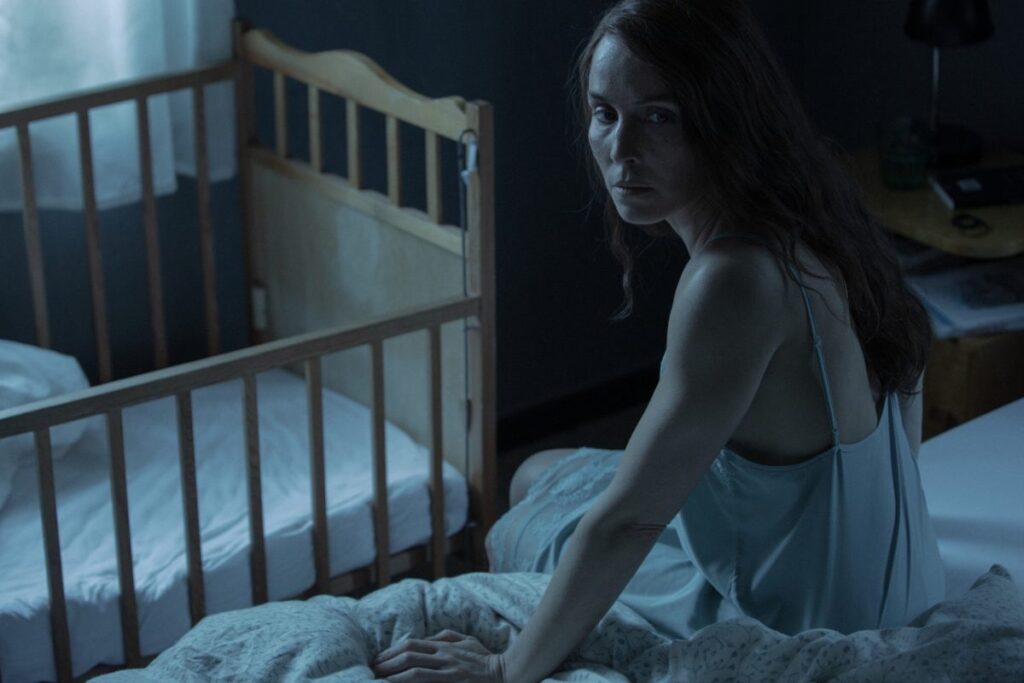
Well, I think that’s the point. The character of Ada does NOT take herself too seriously, and neither should we. While it’s ugly and somber at times, ‘Lamb’ is also sardonic and silly throughout. If you go into it understanding that it’s supposed to be comical in that way, you’ll probably find the film far more digestible.
Okay, but what makes it scary?
Maybe it’s the notion that humans carelessly attach themselves to nature and think they can make it their own on terms they so condescendingly define. The “right” we think we have to it is a dangerous delusion that we take far too lightly (there’s more to the movie’s fear factor than just that, but insofar as it concerns Ada, we can at least put a finger on it).
Disturbing rhetoric and social commentaries aside, Ada is simply a compelling and effective character in and of herself. Without much effort or definitive personality traits, she’s able to make you feel a barrage of different emotions just by being present. That’s a tough thing to execute in cinema/storytelling as a whole, and ‘Lamb’ does it beautifully through a grim and ugly little creature that, despite our best efforts not to, we can’t help but fall in love with.
Other Honorable Mentions
-You know how most horror movies choose the darkest possible settings to establish a miasma of fear and dread? ‘Lamb’ takes a more refreshing approach by utilizing the nasty, purgatorial dimness of an overcast twilight.
You know exactly what I’m talking about – that midway point between day and night when the world beyond your bedroom window looks like a bleak canvas of spilled Rorschach ink; when you can’t tell if that’s a tree or a humanoid monster from Hell waiting to break in and devour you as soon as you close your eyes.
It’s oddly more unsettling than the pitch black of a depthless night; maybe because humans fear the chaotic and undefined more than anything – you don’t know if it’s one thing or another. Kind of like, say… a half human, half lamb child?
-It’s already been established that the primary theme in ‘Lamb’ is man’s arrogance toward things he holds very little sway over.
One of the first conversations that elapses between María and Pétur deals with something Pétur claims he heard about time travel. I can’t recall the exact wording, but his tone becomes casual and assuming enough to the point that María has to remind him that time travel is still only an idea and not an accessible reality.
It would appear that not even dimensions beyond this one are safe from humanity’s imperial hubris.
-It’s hard to imagine sheep being vengeful and intimidating creatures, but you might think twice before strolling into a petting zoo after witnessing María’s guilt soaked conscience manifest itself in the form of an absolutely petrifying (and visually spellbinding) nightmare sequence.
The harrowing dreamscape segment features a horde of ravenous looking sheep with eyes like bleeding orbs of demonic light burning out of their sockets hatefully. It’s a chilling fucking scene and one of the film’s most defining moments.
Just as humanity’s influence over its surroundings is finite, so is my ability to make you love ‘Lamb’. Maybe it’s enough to make you want to see it and decide for yourself though.
The film hit screens a few weeks back and is still playing in theaters across the country.
Despite what you may have been told, there’s something to ‘Lamb’ that makes it worth watching. That’s my case and I’m stickin’ to it.
You “herd” it here first.


